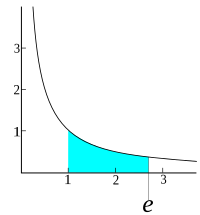
Photo from wikipedia
This letter exhibits the presence of High-Frequency (HF) current signatures of arcing in Vegetation High Impedance Fault (VeHIF) events. Zero-crossing arcing discontinuities are shown to have varying widths causing different… Click to show full abstract
This letter exhibits the presence of High-Frequency (HF) current signatures of arcing in Vegetation High Impedance Fault (VeHIF) events. Zero-crossing arcing discontinuities are shown to have varying widths causing different levels of HF noise bursts depending on how aggressively the 50-Hz waveform gets distorted. The work has identified that the temporal growth in HF disturbances often occurs quicker than those linked to the third harmonic or the entire Low-Frequency (LF) spectrum. In 59.2% of a dataset of 125 phase-to-earth (ph-to-e) faults, the growth in HF spectrum was identified to occur faster than the third-harmonic or the entire LF spectrum. The HF spectrum had an average lead time of 26.58 s over the LF spectrum. The LF indicator performed better in only 15 tests (12%) with an average lead time of 9.6 s. In 13 tests (10.4%), all three indicators concurrently reached the set normalized threshold.
Journal Title: IEEE Transactions on Power Delivery
Year Published: 2023
Link to full text (if available)
Share on Social Media: Sign Up to like & get
recommendations!